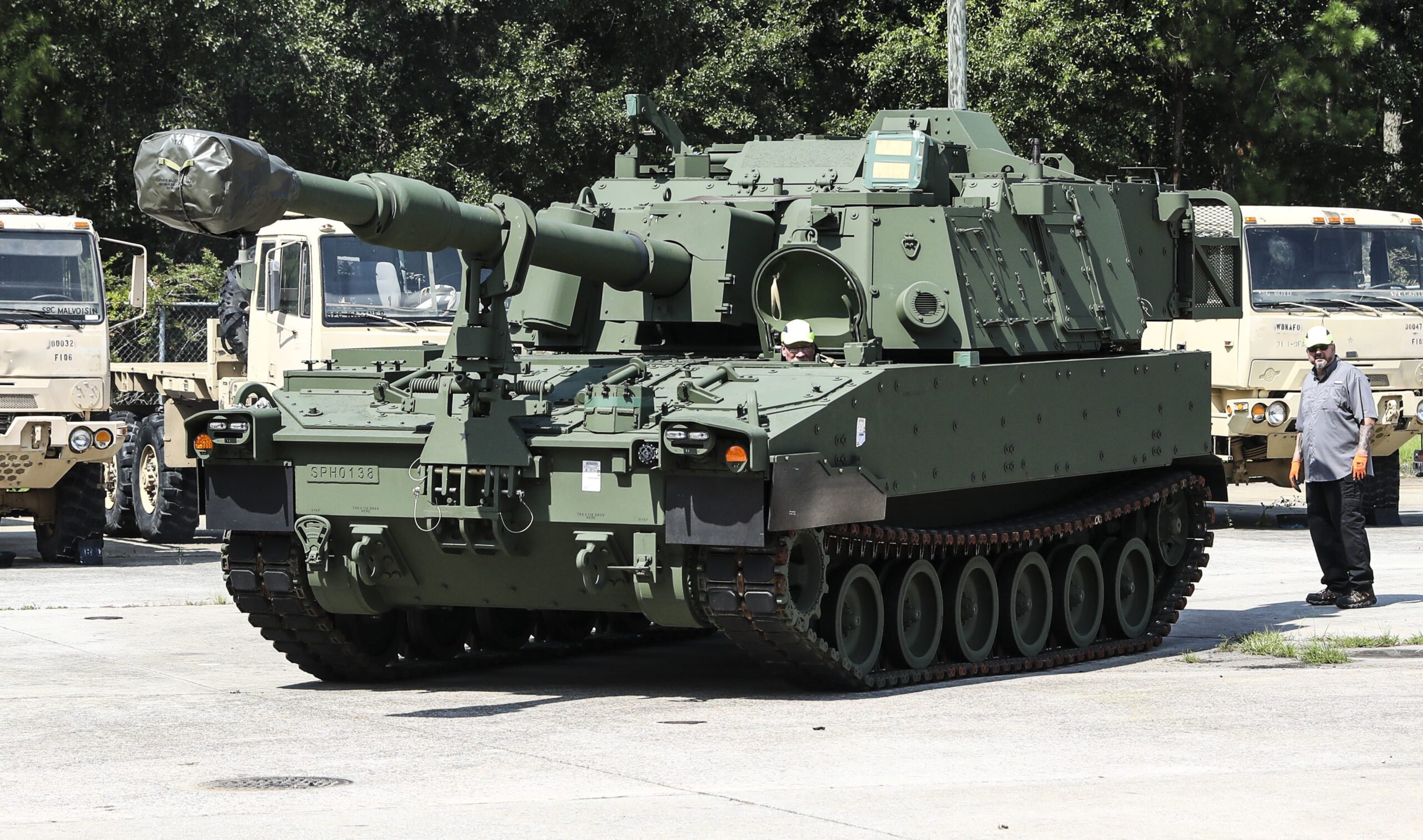According to a recent report published by the U.S. Department of Defense on military program acquisitions for Fiscal Year 2025, the U.S. Army has outlined a significant plan to procure 689 M109A7 155mm Self-Propelled Howitzers (SPH) and sustain them through 2050. This move is a cornerstone of the U.S. Army’s broader modernization effort to upgrade its artillery capabilities. The M109A7, part of the Paladin Integrated Management (PIM) program, will play a central role in enhancing indirect fire support for the U.S. Army’s armored and mechanized infantry divisions over the next several decades. This procurement is part of a long-term strategy to modernize the U.S. Army’s artillery fleet and fill a critical capability gap left by the cancellation of the Non-Line of Sight Cannon (NLOS-C) program in 2009.

The U.S. Army uses a two-increment approach to upgrade and modernize the M109 155mm howitzer fleet. The first phase of the modernization effort focuses on improving the mobility of the M109A7 155mm tracked self-propelled howitzer, ensuring that the system can operate effectively across various terrains in diverse combat environments. This upgrade is essential for maintaining battlefield flexibility and survivability. The second phase of the M109A7 upgrade will address key areas such as lethality, range, and reliability, providing the U.S. Army with a more powerful and dependable artillery system. These enhancements are crucial as the U.S. Army seeks to maintain its edge in an evolving battlefield where firepower and accuracy are key to success.
The M109A7’s development was initially spurred by the cancellation of the NLOS-C in 2009, a program designed to deliver precision fires at longer ranges. The NLOS-C’s cancellation left the U.S. Army with a gap in its artillery capabilities, which the M109A7 is now designed to address. The U.S. Army’s decision to invest in the M109A7 reflects its desire to fill that gap and ensure its artillery remains capable of supporting Armored Brigade Combat Teams (ABCTs) and mechanized infantry divisions in a wide array of operational settings.
